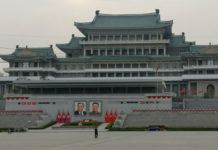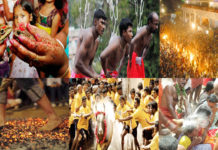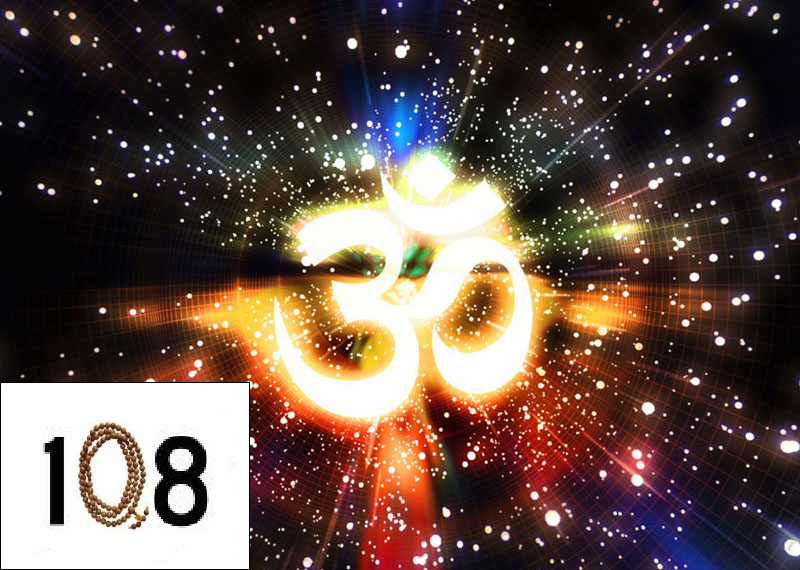The name Khajuraho, antiquated “Kharjuravāhaka”, is taken from the Sanskrit words kharjura = date palm and vāhaka = “one who conveys”. In the nineteenth century, British engineer T.s. Burt touched base in the range, took after by General Alexander Cunningham. Cunningham put Khajuraho on the world guide when he investigated the site in the interest of the Archeological Survey of India and portrayed what he found in sparkling terms.
The temple at Khajuraho were constructed amid the Chandella period, which arrived at period of somewhere around 950 and 1050. Just around 20 temple remain; they fall into three unique gatherings and fit in with two separate religions – Hinduism and Jainism. They lay an different harmony in the middle of building design and model. The Temple of Kandariya is arranged with models of that are among the best gems of Indian workman.
The mind boggling of Khajuraho to an exceptional creative creation, as much for its exceptionally unique construction modeling concerning the etched adornment of a shocking quality made up of a legendary repertory of various scenes of entertainments of which not the slightest known are the scenes, defenseless to different elucidations, sacrosanct or profane.
Khajuraho is one of the capitals of the Chandella rulers, an administration of Rajput cause which came into force toward the start of the tenth century, and arrived at its apogee somewhere around 950 and 1050. Of the 85 temple which were built at Khajuraho amid the Chandella period (and which were still shining: when the extraordinary explorer Ibn Battuta noted them in 1335), 22 still exist, spread inside a region of around 622 km.
As, Monuments of two different religions, Brahminism and Jainism, the temple of Khajuraho are in any case recognized by a typical typology: they include a hoisted substructure, over which climbs the collection of the luxuriously enlivened building, the ‘jangha’, secured with a few registers of etched boards on to which open-work exhibitions are opened. This is delegated by an arrangement of packaged towers with curvilinear shapes, the Sikharas.
The prominent are found over the haven of the divinity. Each of these towers, which is normal for the temple in the Nagera style, symbolizes the ‘grandiose mountain’, Mount Kailasha. The commonplace arrangement contains a passage, a substantial hypostyle lobby (mandapa), a dim haven lastly different attach.
The most critical gathering of landmarks is massed in the western zone, not a long way from the archeological gallery, including the temple of Varaha, Lakshmana, Matangeshwara, Kandariya, Mahadeva Chitragupta, Chopra Tank, Parvati, Vishwanatha and Nandi. However the east and south gatherings likewise embody imperative buildings (the temple of Ghantai, Parshvanath, Adinath, Shantinath, Dulhadeo, Chaturbhuja).
Yasovarman (AD 954) constructed the sanctuary of Vishnu, now celebrated as Lakshmana sanctuary; this is a lavish and developed illustration of now is the ideal time announcing the glory of the Chandellas. The Visvanatha, Parsvanatha and Vaidyanatha temple fit in with the time of King Dhanga, the successor of Yasovarman.
The Jagadambi, Chitragupta, are important among the western gathering of regal temple of Khajuraho. The biggest and most fabulous sanctuary of Khajuraho is the interminable Kandariya Mahadeva which is ascribed to King Ganda (1017-29).
Significantly impacted by the Tantric school of thought, the Chandela lords advanced different Tantric conventions through imperial landmarks, including temple. Stone carvers of Khajuraho portrayed all parts of life. The general public of the time had confidence in managing honestly and transparently with all parts of life, including sex. Sex is vital in light of the fact that Tantric universe is separated into the male and female guideline. Male rule has the structure and potential, female has the vitality. As per Hindu and Tantric theory, one can not accomplish anything without alternate, as they show themselves in all parts of the universe. Nothing can exist without their participation and conjunction. As per old settlements on construction modeling, suggestive delineations were saved for particular parts of the temple just. Whatever is left of the sanctuary was abundantly secured with different parts of life, mainstream and profound.
(Source: UNESCO sites of Bharath)





























